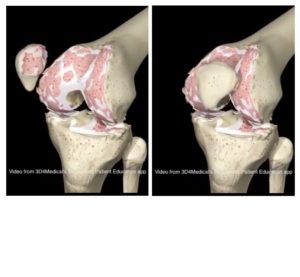Adapted from the research review by Todd Hargrove in Physio network: Translating research into practice.(Issue 30–May 2020)
That time of year it has come again where the days are getting shorter, the nights are getting colder and previously “under control”aches and pains tend to be creeping back into our lives again. A number of our patients have reported to us recently that their general aches and pains and morning stiffness have become bothersome again.
Conditions including arthritis and fibromyalgia tend to be common chronic conditions that suffer the most in colder temperatures. However, there is no scientific consensus on this association. A number of scientific studies have previously investigated this link, but due to low quality evidence and often poor methodology the results have been mixed. Where one study might find that colder weather increases pain, anotherstudy has found that cooler temperatures decrease pain.
A recent study in the journal Pain by Beukenhorst et. al. (2020) found 43 studies that were eligible for inclusion in the review. These studies investigated a number of outcomes populations and whether variables, making it difficult to compare these studies against each other. 86% of the studies measured the same group of individuals and their pain over time. 67% of the studies found an association between pain and at least one weather variable.
Of the weather variables measured,twofound an association between pain and temperature, but they contradicted each other. A review of relative humidity and pain found one study with a small association and two studies with no association. There was a clinically insignificant association between hours of sunshine and pain and none of the studies found any association between pain and atmospheric pressure, precipitation, or wind speed.
And indication was made by the authors that future research into this topic could bring clarity if three major limitations within the existing studies were addressed. They were:
- Increase sample sizes and study duration
- Improve classification of exposure to weather variables, and
- Improve statistical analysis of the results
Currently it has been found at between 62% and 97% of people with my square scale conditions believe the weather influences that pain. It’s a general belief that cold wet weather worsens arthritic and fibromyalgia pain. However, as it can be seen there is little strong scientific evidence at this stage to support this. This does not mean that there is no link present, it simply means a link has not yet been found.Other variables that may have an effect on pain levels include barometric pressure on the mechanical effects of joints and tendons, low pressures affecting pain nerves [nociceptor] sensitivity, decreased physical activity levels during bad weather, reduced length of sunshineexposure resulting in decreased mood, or changes to sleep patterns.
What is apparent is the complexity of the situation of pain levels as we move into our colder months. The important point for us is to take these variables into account when we provide you a full and comprehensive assessment of your achesand painsand deliver a sound rehabilitation program to assist you through the colder months.





